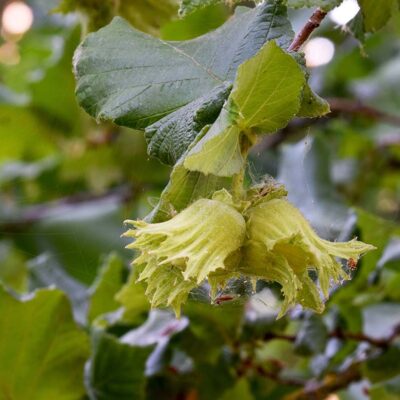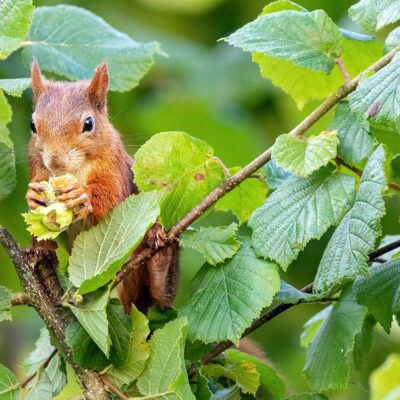Fall ’25 Bare-Roots – Order Now
Fall ’25 Bare-Roots – Order Now
Sambucus canadensis
Elderberry is a native shrub prized for its immune-boosting properties in both the flowers and fruit. In midsummer, pollinators flock to its white clustered flowers, which turn into dark-purple clusters of fruit. Birds (and humans) look forward to the ripening of elderberries every year! A powerful source of antioxidants and supportive when it comes to colds and flus, elderberries are typically enjoyed as a medicinal syrup (fresh elderberries should always be cooked first before consuming to avoid stomach upsets). Very vigorous growers, the shrubs send up new shoots every year that can grow several feet tall.
Our selection of elderberry plants are clonally propagated through cuttings of the following cultivars of native Elderberry (Sambucus canadensis).
Watch our video blog describing Our Favorite Elderberry Varieties for the Northeast.
Zone: 3-9 (Map)
Habitat: Prefers rich, moist soil and will thrive in wet soil. Full sun, but will tolerate partial shade with lower fruit production.
Growth: 10 ft tall, 6 ft wide at maturity.
Our elderberries are selected for superior fruit production. They are popular among pollinators, offer medicinal benefits, and grow rapidly.
Our elderberries are selected for superior fruit production. They are popular among pollinators, offer medicinal benefits, and grow rapidly.
Sambucus canadensis
Elderberry is a native shrub prized for its immune-boosting properties in both the flowers and fruit. In midsummer, pollinators flock to its white clustered flowers, which turn into dark-purple clusters of fruit. Birds (and humans) look forward to the ripening of elderberries every year! A powerful source of antioxidants and supportive when it comes to colds and flus, elderberries are typically enjoyed as a medicinal syrup (fresh elderberries should always be cooked first before consuming to avoid stomach upsets). Very vigorous growers, the shrubs send up new shoots every year that can grow several feet tall.
Our selection of elderberry plants are clonally propagated through cuttings of the following cultivars of native Elderberry (Sambucus canadensis).
Watch our video blog describing Our Favorite Elderberry Varieties for the Northeast.
Zone: 3-9 (Map)
Habitat: Prefers rich, moist soil and will thrive in wet soil. Full sun, but will tolerate partial shade with lower fruit production.
Growth: 10 ft tall, 6 ft wide at maturity.

